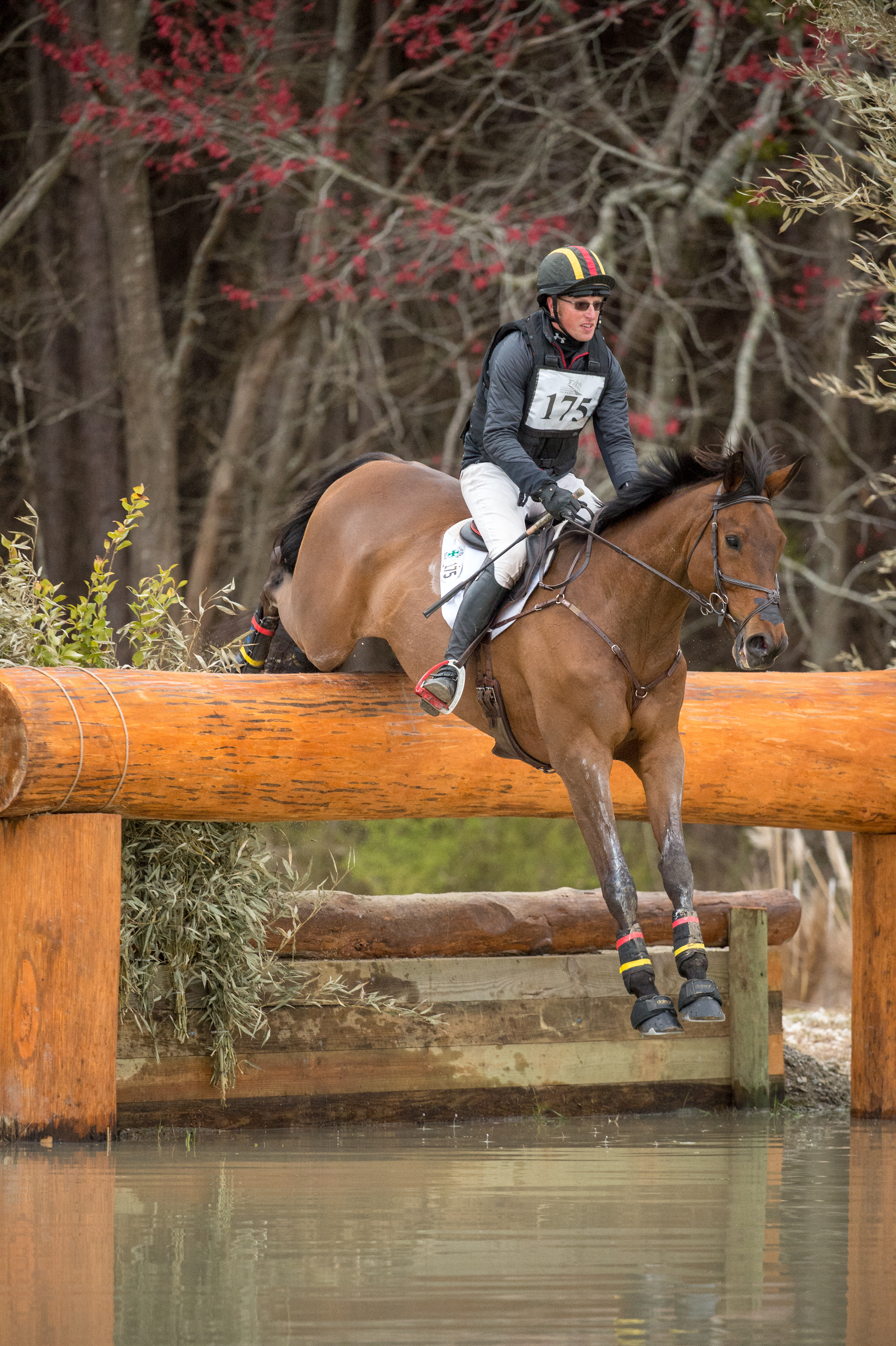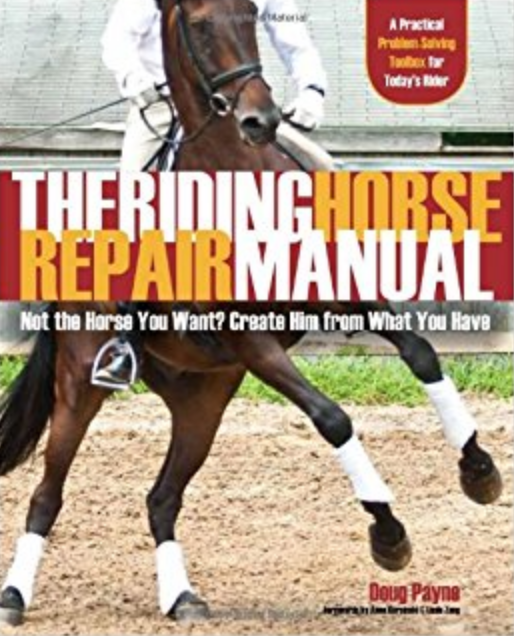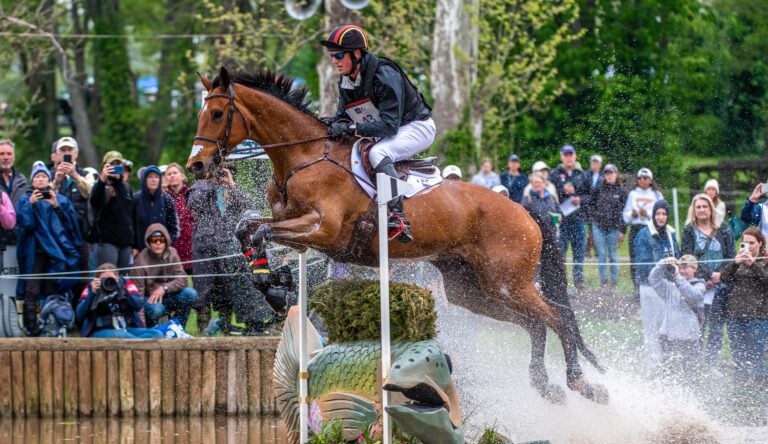
I generally warm up over the oxer with placing rails on either side. They are set slightly tight so should be approached in a more collected canter.
My goal when jumping is to have the horses in a well balanced, energetic gait with a consistent rhythm and line throughout each exercise. (I’m not bothered if in the process of navigating something complicated the horses drops into a trot. If they are actively thinking, and engaged I will let them have all the time they need. Horses will learn when they are settled, if rushed they may finish the exercise but will not truly comprehend and retain the lesson.) As a quick test, the rider should be able to drop the reins and the horse should maintain the trot or canter that they are in indefinitely. If they accelerate, that’s a clear indication that the horse is relying on the rider’s hands for support and balance.
Initially, the figure-eight pattern may be up to 20 meters in diameter working down to 10 meters or less. It can be of great value to encourage horses to become quicker on their feet and more agile as well as always looking for the next jump. It’s going to be difficult to always have a perfect distance, but this is part of the benefit. The horses will learn how to become more adept and work to get out of difficult situations. I like to ask questions that are mentally challenging and physically easy or physically challenging and mentally easy. With this in mind, the jump height would remain small especially when using the blind approaches. Horses will never have to exert a massive physical effort and lose confidence.
From there progress to the angled jumps. If it’s quite a green horse I would keep them very low initially, roughly 12 inches or so in height. The angle between jumps should be severe. The line taken is the most critical aspect of this portion of the exercise. Aim to ride center to center. Horses will tend to want to jump over the jump and exit perpendicular to the face of it. Often times in this configuration horses will end up running out to the right of the second element. If a horse does run out, quickly stop them, push them laterally away from the direction of the run out and simply turn back and hop over the fence. The jumps are quite small so can we jump from a standstill if need be. Never allow them to continue in the direction they chose to deviate by simply circling back. There has to be a direct consequence to running out. If you are still having trouble drop the rails on the ground and approach again.
This is obviously an accuracy and footwork exercise. With any jump, especially accuracy questions, my goal is to come in with everything sorted well ahead. This way your horse can concentrate on the exercise ahead rather than you asking them to slow down, rebalance or shorten or lengthen their stride. The last few strides before the jump you have the appropriate canter and with even contact and narrow hands to try to support and guide the horse in a straight line. As they gain confidence try to use less and less rein contact to maintain straightness. Working back and forth through the exercise you will soon be able to navigate with minimal to no contact at all. Very quickly the horses will start to look for the next fence, and become much quicker to react to changing conditions. Luckily, you will seldom see questions of this difficulty on cross-country courses. We use a variation of this exercise from horses who just learned to jump all the way up to Advanced eventers and grand prix jumpers. Clear rounds should be a foregone conclusion!

Doug Payne is well known in the equestrian community as a multi-talented rider and has extensive experience through the CCI4* level of eventing and also competes in grand prix show jumping and upper-level dressage. He’s a frequent name on the USEF’s High Performance List for Eventing and also holds both USEF and TD licenses for eventing. Doug has an impressive string of upper-level horses, and in March, he and Debi Crowley’s Vandiver won the competitive Carolina International CIC3*. Doug lives in Aiken, SC, with his wife Jessica, a fellow four-star rider, and young son Hudson, where they operate their training and sales business DP Equestrian LLC.

Be sure to check out Doug Payne’s book The Riding Horse Repair Manual, a step-by-step guide for effectively reschooling horses with training issues (such as bucking, rearing, bolting, etc.) in order to showcase their true potential. Use the code PHReader15 to receive 15% off your entire order at the Equine Network Store.










